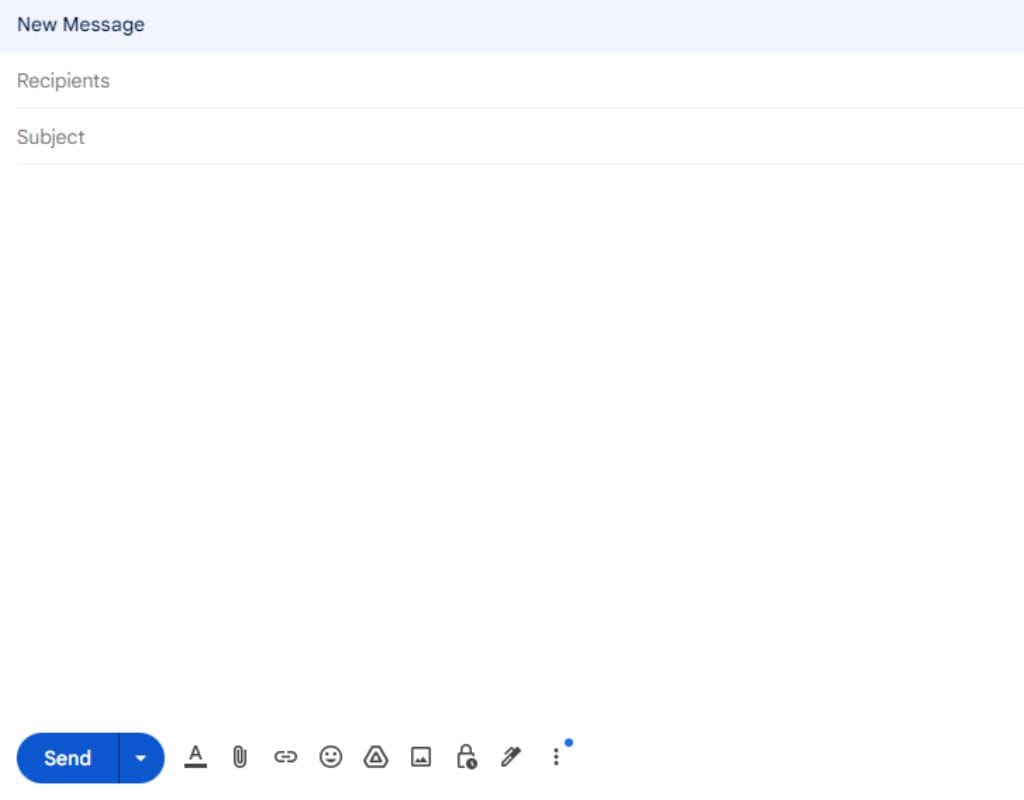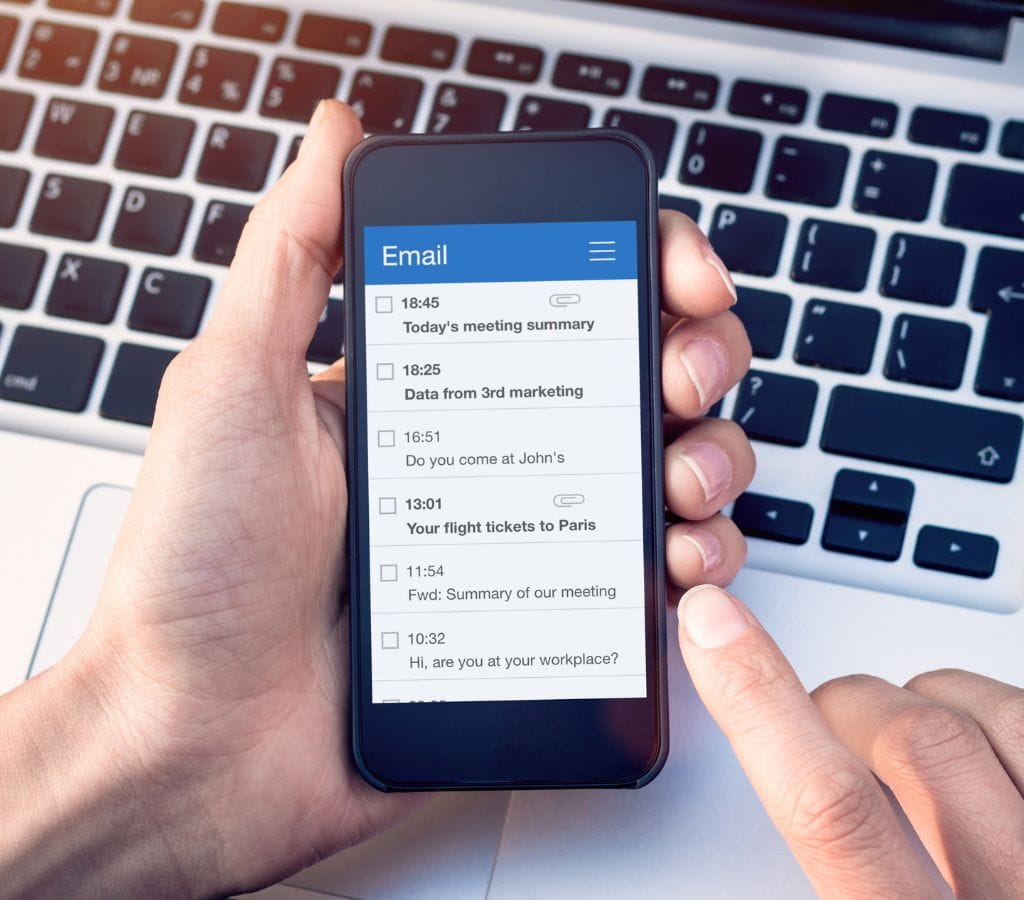Some words and symbols are very useful and help people get their point across quickly. There are many ways to send emails. 'RE' is often used in email subject lines to mean a reply or answer to a previous message, and it is one of these common abbreviations. If we know what does RE in email mean, what it does, and how to use it most effectively, we can improve how we email and conduct business online.
What RE Means in Email and Its Origin
For years, people have used abbreviations when they write things down. In the past, people used shorthand to send messages quickly and clearly. The word "RE" in email is used for the same reason and is now essential to online communication.
Etymology of "RE" in email
We need to see where it came from before we can figure out what "RE" means in an email. "RE" derives from "res," Latin for "thing" or "matter." In an email, "RE" signifies "regarding." It indicates that an email responds to a previous thread or message in the subject line.
Compared to Other Email Acronyms
To understand what "RE" means in email, you should know the difference between it and "FW" (Forward) and "CC" (Carbon Copy). "RE" signifies a direct response, "FW" means sending the email to someone else, and "CC" means copying someone who doesn't need to reply.
Common Misunderstandings of "RE" in Email
There are some common misunderstandings about what "RE" means in email, even though it is often used. Some think it means "reply" or "respond," which is true but not what the acronym was meant for. Another misunderstanding is that "RE" stands for "Regarding Email," which is invalid in terms of where it comes from in language. These misunderstandings must be cleared up so everyone understands "RE" and its use in email.
Many words and symbols have been made to help us communicate online because email has changed over the years. To communicate efficiently, you must understand where these acronyms came from and what they imply. What does RE mean in email? Looking at it next to other acronyms and clearing up some common misconceptions will help you understand how it works and how to use it in real-life email conversations.

What Does "RE" Mean in Email Communications?
In email, the letter "RE" does more than just mean "reply." In email subject lines, it's helpful to be clear about the email and how it fits in with other conversations that have already happened. Let's discuss more about what "RE" means and how it works in email.
"RE" Function in Email
The subject line hints at the email and why it was sent. The subject line "RE" indicates that the email directly responds to a previous message or topic. People can instantly understand the email and how it fits in, which helps them organize their messages and respond faster.
How to Use "RE" to Show an Answer or Reply
Putting "RE" in the subject line lets people know the message. Because of this, you can tell the writer is continuing a chat or talking about a particular subject. With "RE," the sender recognizes the previous message and shows that this email is related to the ongoing conversation. This maintains email lines clear and uniform, preventing confusion and improper communication.
Examples of How to Use "RE" Correctly
Follow basic best practices to use "RE" correctly in email subject lines. After starting the subject line with "RE," give a brief but concise explanation of the email. As "RE: Meeting Rescheduling Request" or "RE: Follow-up on Proposal." Remember only to use "RE" when the email is a reply to an email you received. Using "RE" incorrectly or too often might confuse and change its meaning.
Know what "RE" is and why it's important in email subject lines to communicate better online. It will be easier to understand and use email if we follow best practices and use "RE" properly. Next, we'll look at how "RE" has evolved in email. This will demonstrate how changes in communication have changed its utilization.

Evolution and Adaptation of "RE" in Email
Over the years, communication has changed a lot, and email is no different. Email users change how they use and perceive "RE" as technology and communication have changed. Let's see how "RE" has altered in email to reflect modern communication.
How Communication Changes Affect "RE" in Email
With the rise of smartphones and other mobile devices, email is easier to get to and moves faster. Sending and receiving emails on mobile devices speeds up communication. This change has changed the way "RE" is used in email. When people answer emails, they often start a new thread or copy and paste the previous email into their answers. But nowadays, emails are often shorter. People often use "RE" to provide a direct answer to a message, which speeds up and narrows down a conversation.
The Rise of Email Etiquette and the Role of "RE"
Rules and proper behavior became important as people used email more often. When people use email, they can be more polite and helpful to each other. It's very important to use "RE" correctly here. If email senders use "RE" correctly, they show that they know how to use email correctly and value the time and attention of the receiver. It helps to keep things simple and to the point, which is good for working together and looks professional.
Cultural and Regional Variations In the Use of "RE" In Email
In the English-speaking countries, everyone knows what "RE" means. But keep in mind that the way people talk to each other can be different in different places and countries. In each language, there may be a different word for "RE" or a different way to make the subject line of an email answer. When you talk to people from other cultures, knowing about these differences is important so that your words get through.
How people talk to each other is changing, as shown by how "RE" is used in email. Technology and communication have improved, and so has the way "RE" is used. The power of "RE" can help us have better email talks and work together more quickly if we know these changes and follow the right way to send emails.

Tips for Using "RE" in Email
Now that we've talked about where "RE" came from, what it means, and how it has changed over time in email, it's time to talk about how to use it correctly in our email conversations. These standards help us have clear, fluid conversations and communicate well.
Use Clear and Concise Subject Line
The subject line is often the first thing people see when they open an email, and it's very important to grab their attention and let them know what the message is about. It's important to be clear and to the point when using "RE" in the subject line. Add a short, detailed summary that correctly describes what the email is about. This helps people quickly understand what the message is about and how important it is, which makes it easier for them to decide how to react.
Use Alternatives to "RE" Accordingly
An "RE" is usually used to mean "reply" or "response," but there are other words that can be used instead. For example, "Reply," "Response," or "Following up." It is important to choose a term that accurately expresses the information and clarifies it for the reader. Before clicking "RE." consider the email's purpose and context.
Managing "RE" Issues in Email
When putting "RE" in the subject line of an email, you should be aware of the problems and issues that could happen. One common mistake is using "RE" too much when responding to more than one person in the same thread. This can confuse things because it's not always clear who the answer is for. To fix this, you could use personalized subject lines or name particular recipients in the email body to clarify things. Also, use "RE" carefully in unrelated communications to avoid misunderstandings.
By using these useful tips, we can use the power of "RE" in email to improve how well we talk to each other. Use clear and descriptive subject lines, replace "RE" with appropriate alternatives, and address frequent issues to avoid confusion. Email communication that works isn't just about what's in the message but also how clear and quickly it gets across. After looking into "RE" in the email, we will conclude our discussion of it in the next part and go over what it means.
In conclusion, learning how to use "RE" in email makes us better digital speakers. Using the useful tips, we can improve clarity, speed up our talks, and work together better. Remember that good email conversation isn't just about what you write but also how you send and receive it.
Let's use what we've learned and accept the power of this simple acronym to make our online conversations more productive and meaningful.

